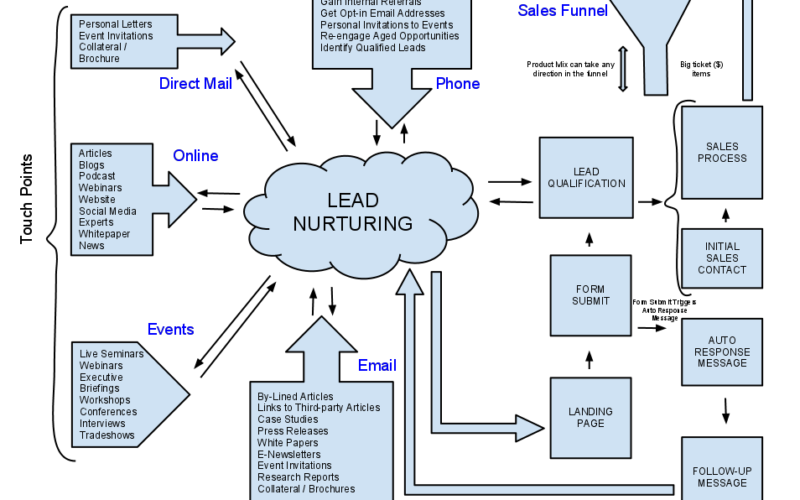Latest Posts
Does Your Business Have a Technology Plan?
Your technology plan becomes increasingly important as your technological capacity grows and the needs of its users become more diverse.
WHAT THE HELL IS GOING ON IN THE WORLD TODAY?
The world is in turmoil. Peace managers have either fled the scene or buried their heads in the sand as we collectively head to destruction.
Ukraine Should Unite and Pray to God Now!
Now is the time for Ukraine to set aside individual differences and pray to Almighty God for a miracle. Believe me, this is the kind of war God likes to fight – unjust war, skewed war (where the enemy has every advantage to win the war.)
Why Can’t We Meet Mr. Putin’s Demands to Stop the Destruction of Ukraine and Wasting of Lives?
Since we can’t stop the invasion besides talking, more talking, and sanctions (which appear to have some effect but can’t stop the wanton destruction of lives and property), why can’t we find a way to work something out with Mr. Putin?




